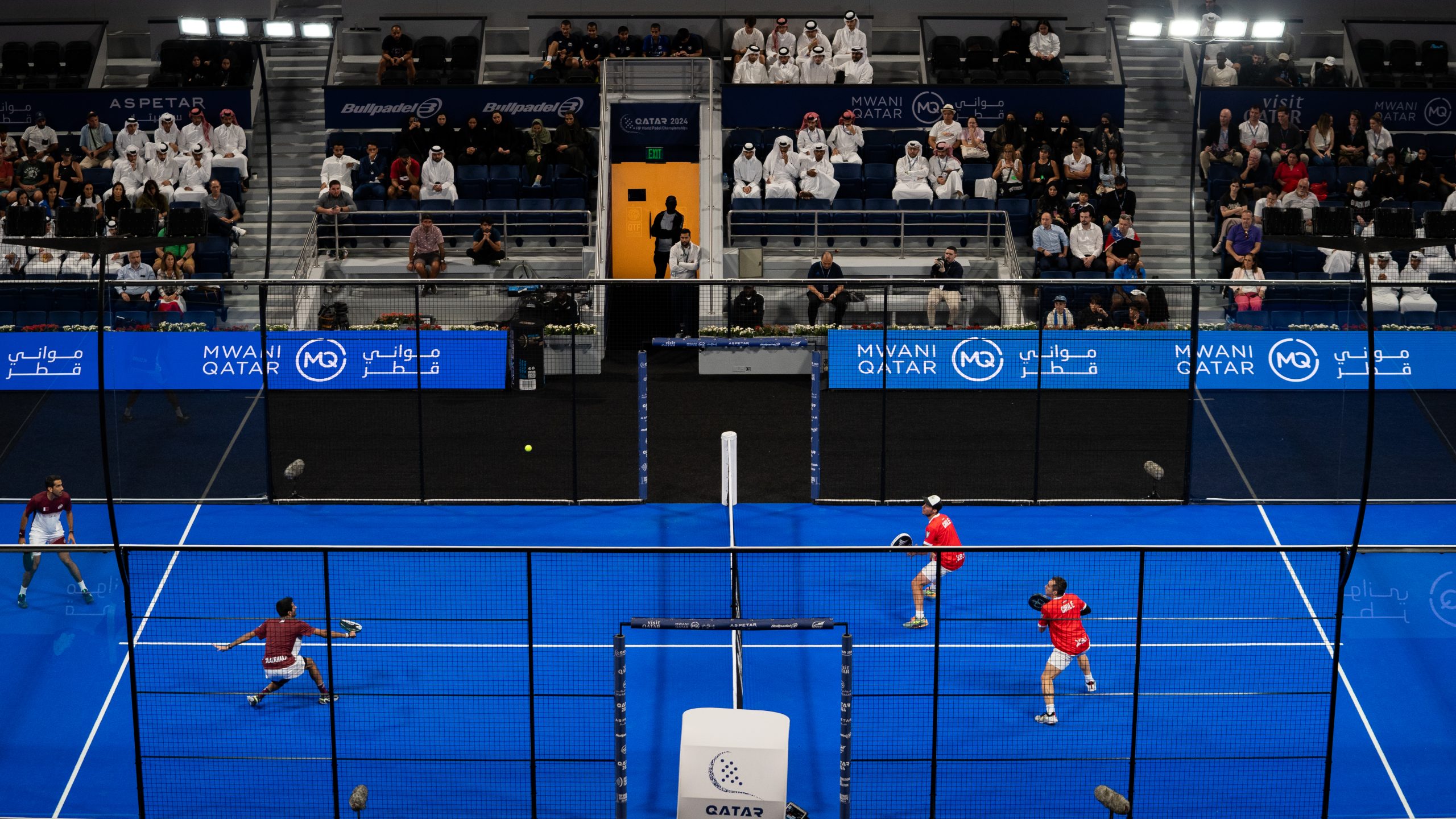Following the 2022 FIFA World Cup, Qatar’s real estate market has grappled with oversupply, declining rents, and falling demand, according to a new report by Knight Frank .
The confetti from the 2022 FIFA World Cup has long been swept away, but the echoes of the construction boom still resonate across the cityscape of Lusail, where the glittering final match was played.
However, a leading global real estate consultancy said the real estate game in Qatar is now facing an oversupply crisis that threatens to undermine the market’s gains.
The newly-released report by Knight Frank titled “Qatar Real Estate Market Review for Spring-Summer 2023,” paints a vivid picture of the market’s complexities.
The in-depth analysis offers a glimpse into both residential and commercial realms, uncovering challenges and opportunities that mirror the country’s shifting economic landscape.
Housing market turmoils
The report says the housing market is grappling with an ominous fall in demand that comes on the heels of a rise in supply, a direct consequence of the feverish construction linked to the World Cup.
The total number of residential sales transactions plunged by 36% over the last year, and the total value of these transactions plummeted by 24%.
“The supply-demand imbalance, rising interest rates, and affordability challenges are contributing to a shrinking mortgage market and impacting the volume of home sales, while also undermining residential values,” said Faisal Durrani, Partner, Head of Research for the Middle East and North Africa.
In Lusail’s Waterfront and Fox Hills districts, the average quoted rents for apartments have depreciated by 23% and 18% respectively in the last quarter alone.
“The sharp decline in rents will undoubtedly put landlords under pressure to remain competitive,” Durrani continued.
Despite these challenges, the Knight Frank report does offer a glimmer of optimism, spotlighting opportunities in municipalities like Doha and Al Rayyan and underscoring the consistent 6% gross single-let rental yield for residential properties, with apartments boasting a higher yield of 6.4%.
Office space over-supply
The housing sector is not the only realm facing headwinds. The office market, despite robust demand from the public and oil and gas sectors, is experiencing an oversupply that is eroding rents.
According to Knight Frank, the public sector is driving the majority of activity in Qatar, particularly in Lusail. Qatari Diar’s 6,200 sqm lease at the Qatar Financial Centre Authority’s (QFCA) Lusail Boulevard is a recent example of large leases in the area.
Hotel occupancy
The turbulence in Qatar’s real estate market comes as the country basks in the glow of a successful hosting of the World Cup, with the tourism sector showing a remarkable 206% increase in visitor numbers during the first five months of 2023.
However, the hotel industry seems to be facing similar oversupply challenges, with average occupancy falling from 58% to 53% over the year’s first six months.
“Despite increased visitor arrivals, both rising hotel stock and the supply overhang from the World Cup are remaining ahead of demand,” stated Turab Saleem, Partner, Head of Hospitality, Tourism and Leisure Advisory for the MENA region.







